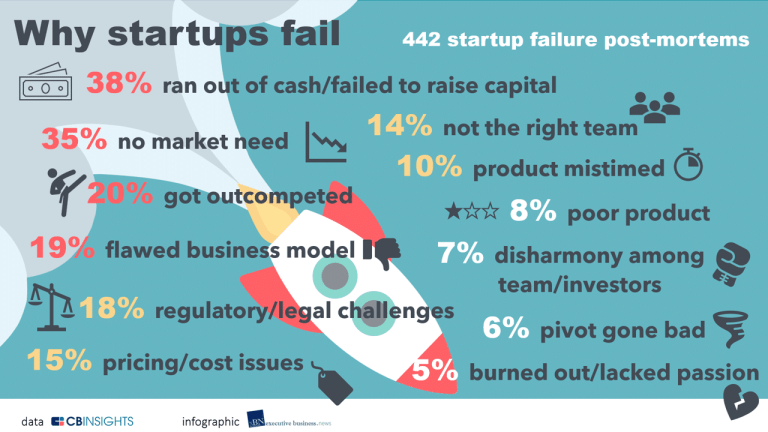How to Build a Business That’s Built to Stay Curious
Curiosity is often seen as a personal trait, something that drives individuals to explore, question, and learn. But when curiosity becomes a core characteristic of a business, it transforms the way that organization thinks, grows, and connects. A business built to stay curious doesn’t settle for what it already knows. It actively seeks out new perspectives, challenges assumptions, and remains open to change. This kind of business is not just innovative—it’s alive. It’s constantly evolving because it’s constantly learning, and that learning is driven by a deep, sustained sense of wonder.
To build a business that stays curious, you have to start by creating a culture that values questions as much as answers. Curiosity thrives in environments where people feel safe to ask why, what if, and how might we. That safety comes from leadership that models inquiry rather than certainty. When leaders admit they don’t have all the answers and invite others to explore with them, they signal that curiosity is not just permitted—it’s expected. This kind of leadership doesn’t just encourage new ideas; it cultivates a mindset of exploration that permeates the organization.
Curiosity also depends on diversity—of thought, background, and experience. When teams are composed of people who see the world differently, they naturally generate more questions and fewer assumptions. They challenge each other, not out of conflict, but out of a shared desire to understand more deeply. A curious business doesn’t just tolerate different viewpoints; it seeks them out. It builds systems that invite feedback from customers, employees, and partners. It listens not just to confirm its beliefs, but to discover what it hasn’t considered. That openness leads to insights that can’t be found in echo chambers.
Processes play a role too. A business that stays curious designs its workflows to include reflection and iteration. It doesn’t rush from idea to execution without pausing to ask what’s working, what’s missing, and what could be better. It builds in time for learning, whether through post-project reviews, ongoing research, or informal conversations. These pauses aren’t inefficiencies—they’re investments in depth. They allow the business to move forward with greater clarity and confidence, because decisions are informed by exploration rather than assumption.
Technology can support curiosity, but only when it’s used to expand awareness rather than narrow it. Algorithms that personalize content can be helpful, but they can also create blind spots. A curious business uses data not just to reinforce what it knows, but to uncover what it doesn’t. It looks for patterns, anomalies, and questions that haven’t been asked. It uses tools to gather insight, but it relies on human judgment to interpret and act on that insight. Technology becomes a partner in curiosity, not a substitute for it.
Customer relationships offer another powerful avenue for curiosity. Businesses that stay curious don’t just sell—they learn. They treat every interaction as an opportunity to understand their customers more deeply. They ask thoughtful questions, listen actively, and adapt based on what they hear. This kind of engagement builds trust, because customers feel seen and valued. It also drives innovation, because the business is constantly discovering new needs, preferences, and possibilities. When curiosity guides customer experience, it becomes a source of both empathy and growth.
Curiosity also shapes strategy. A business that stays curious doesn’t lock itself into rigid plans. It sets direction, but it remains open to detours and discoveries. It monitors the landscape, not just for threats, but for opportunities. It asks what’s changing, what’s emerging, and what it might mean. This doesn’t mean being reactive—it means being responsive. It means having the humility to adjust course when new information arises, and the courage to explore paths that haven’t been proven yet. Strategic curiosity is not about chasing trends—it’s about staying attuned to the world and willing to evolve.
Internally, curiosity fosters engagement. When employees are encouraged to explore, experiment, and learn, they feel more connected to their work. They’re not just executing tasks—they’re contributing to something dynamic. This sense of agency leads to greater satisfaction, creativity, and retention. It also creates a feedback loop: curious employees generate new ideas, which lead to new experiments, which lead to new learning. That cycle keeps the business vibrant and adaptive.
Ultimately, building a business that’s built to stay curious is about cultivating a mindset, not just a method. It’s about leading with questions, listening with intention, and acting with openness. It’s about seeing uncertainty not as a threat, but as an invitation. In a world that’s constantly changing, curiosity is not just a nice-to-have—it’s a necessity. It’s what keeps a business relevant, resilient, and real. And when curiosity becomes part of the culture, the business doesn’t just grow—it evolves. It becomes a place where discovery is ongoing, and where the future is shaped not by what’s already known, but by what’s yet to be explored.







